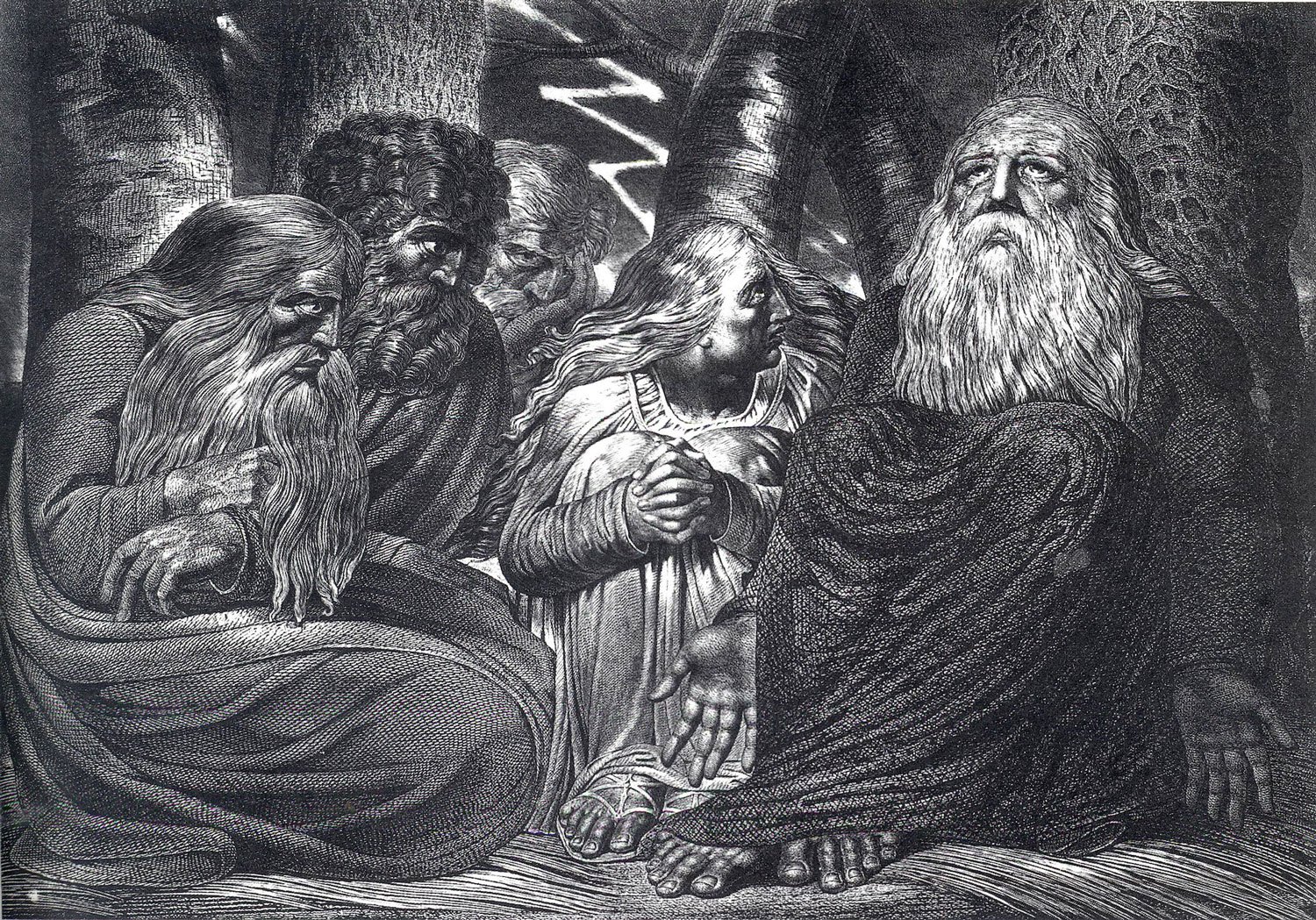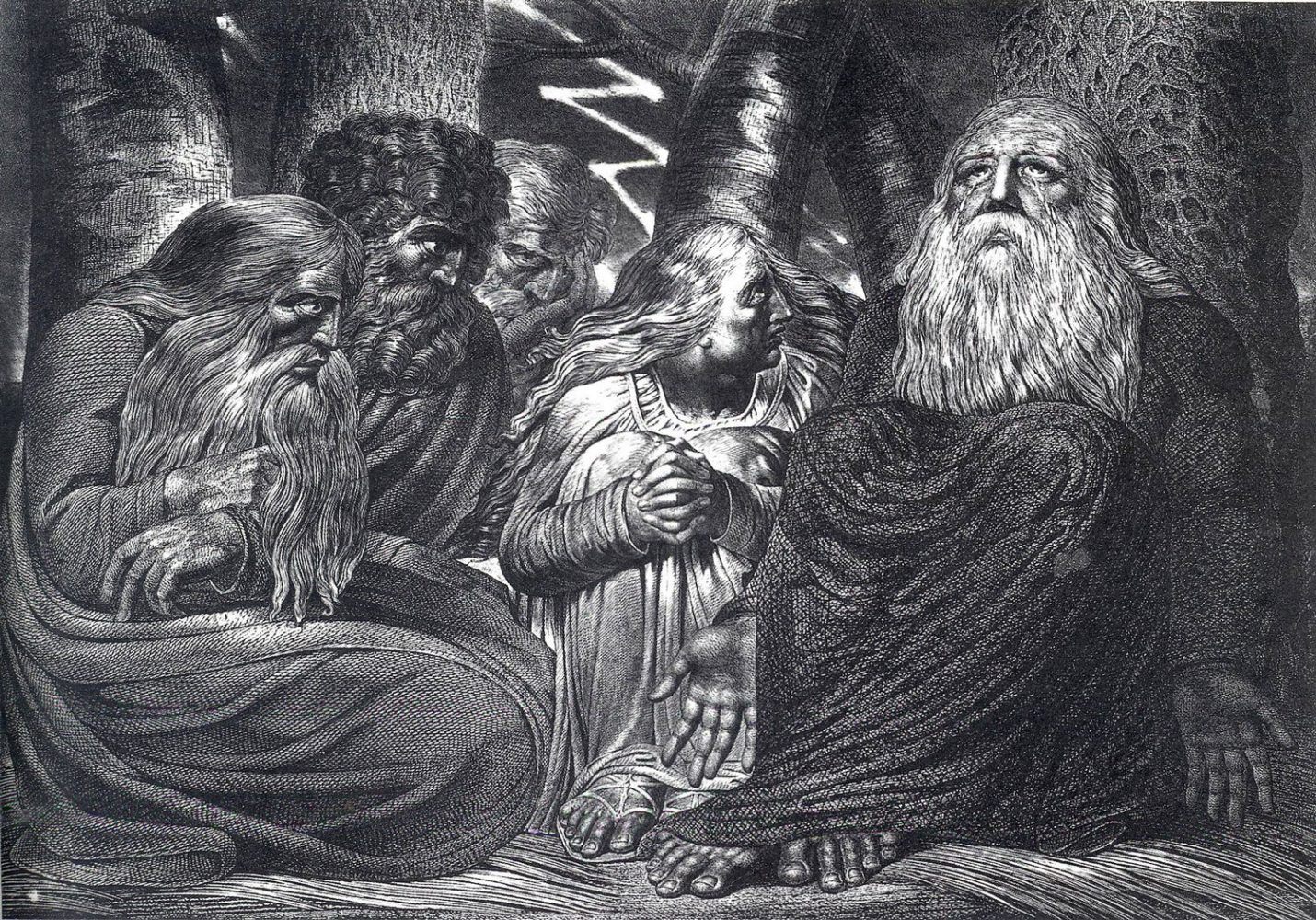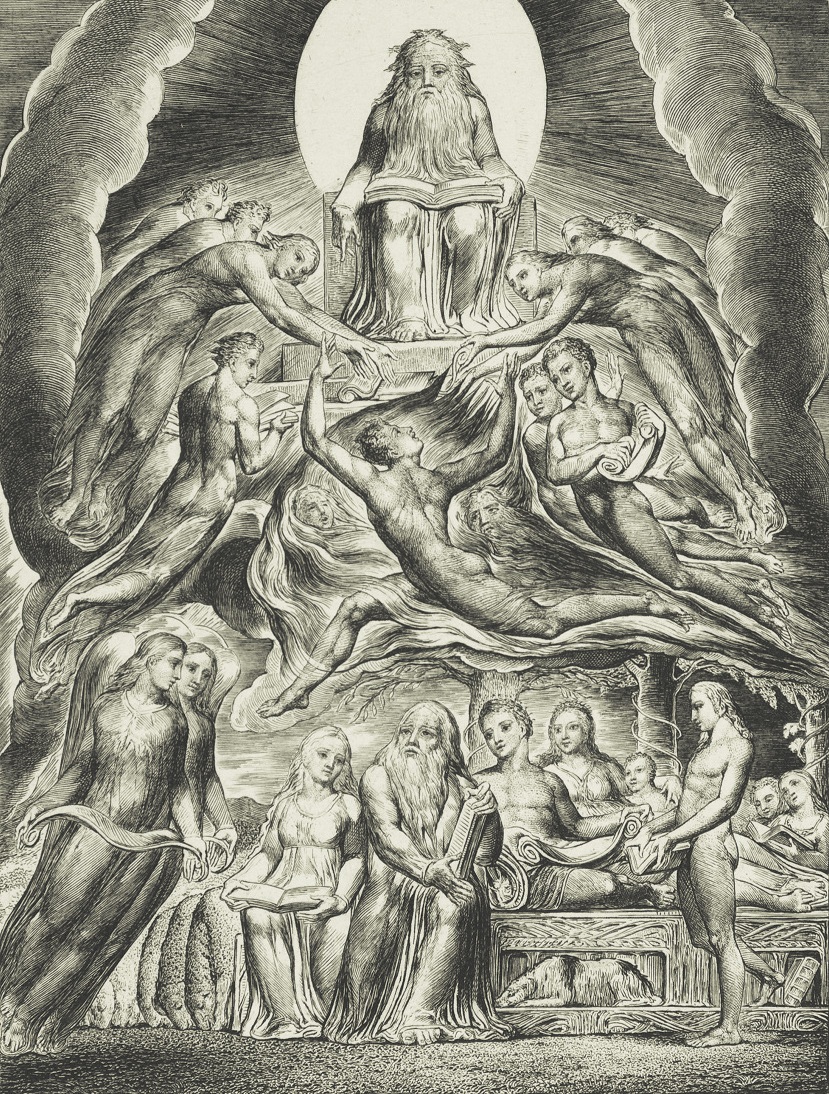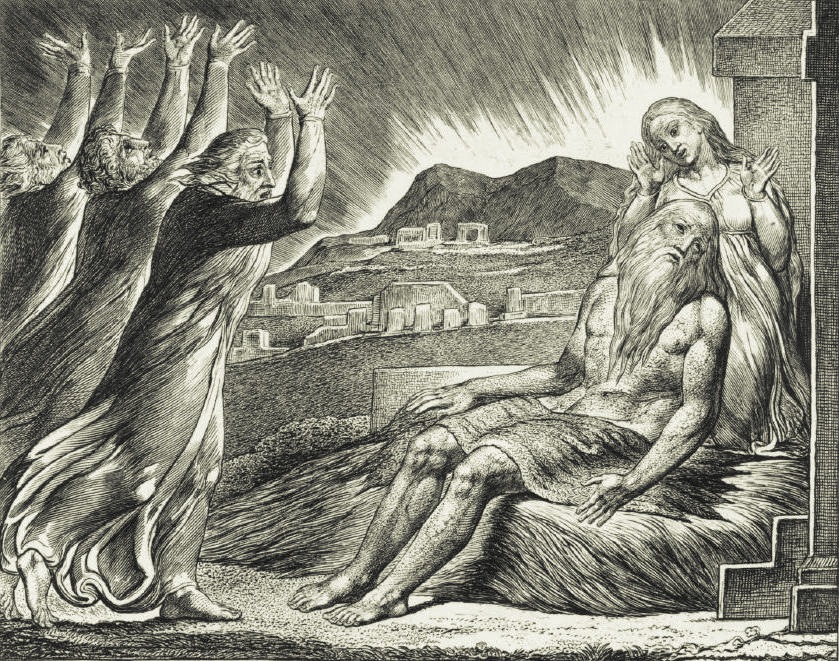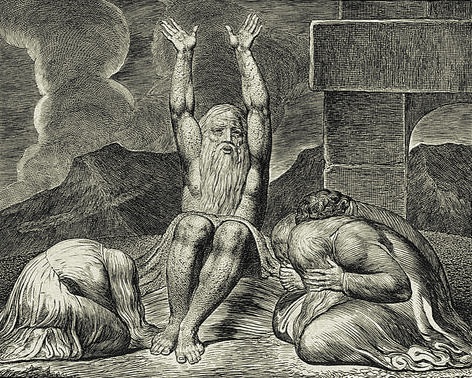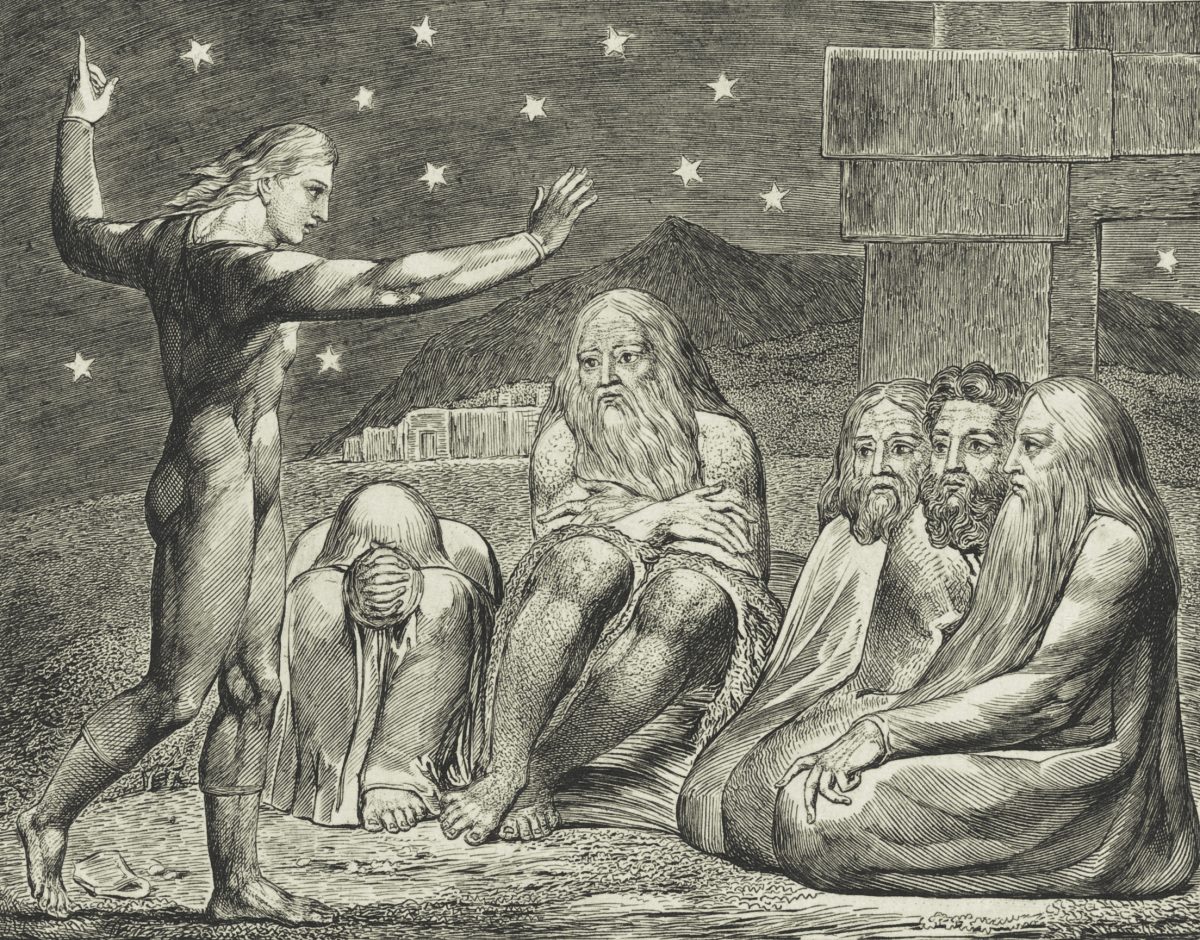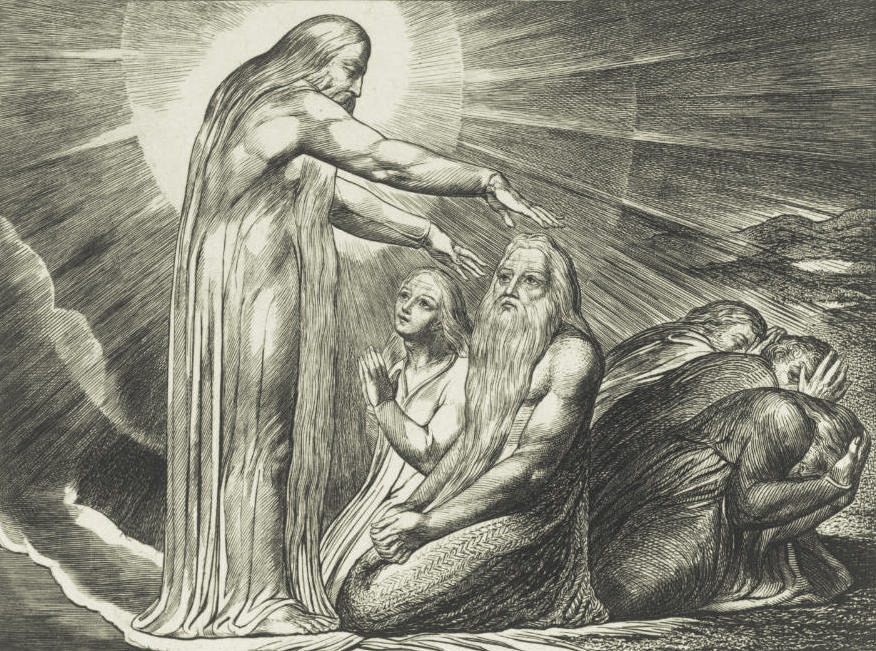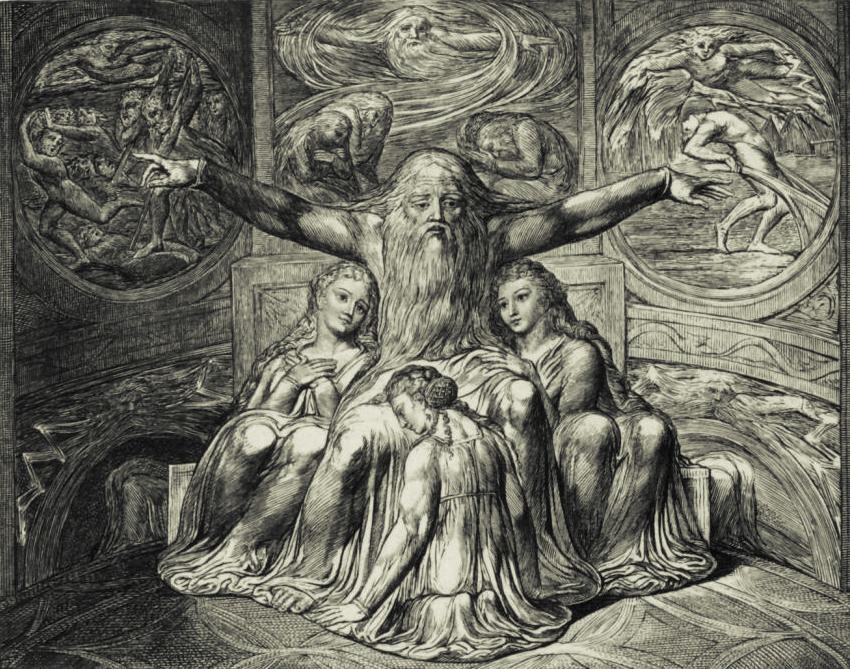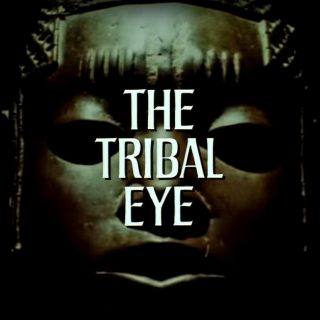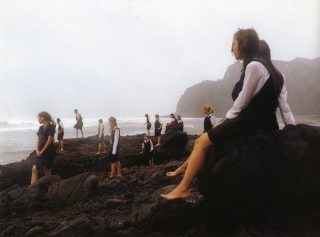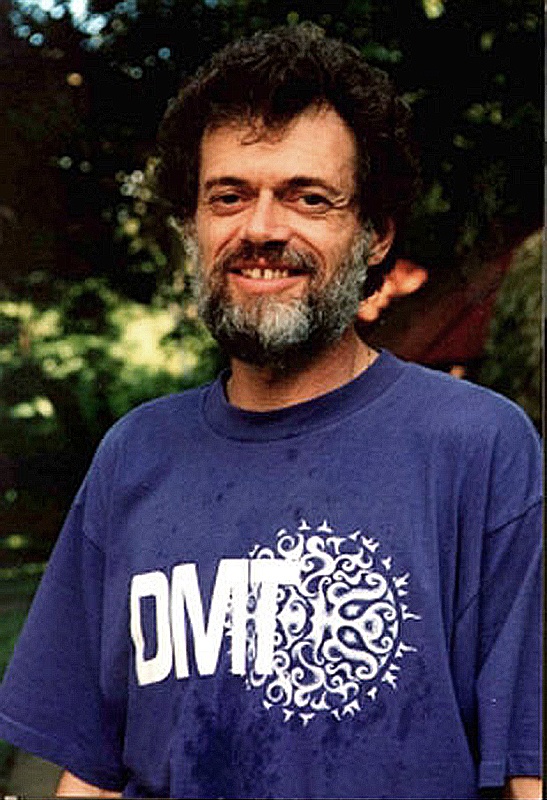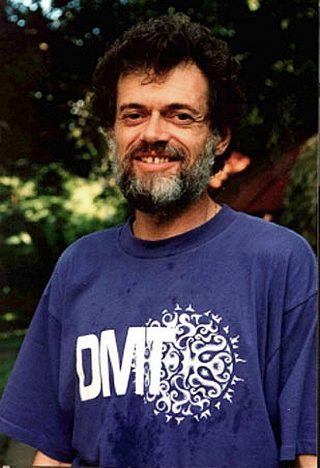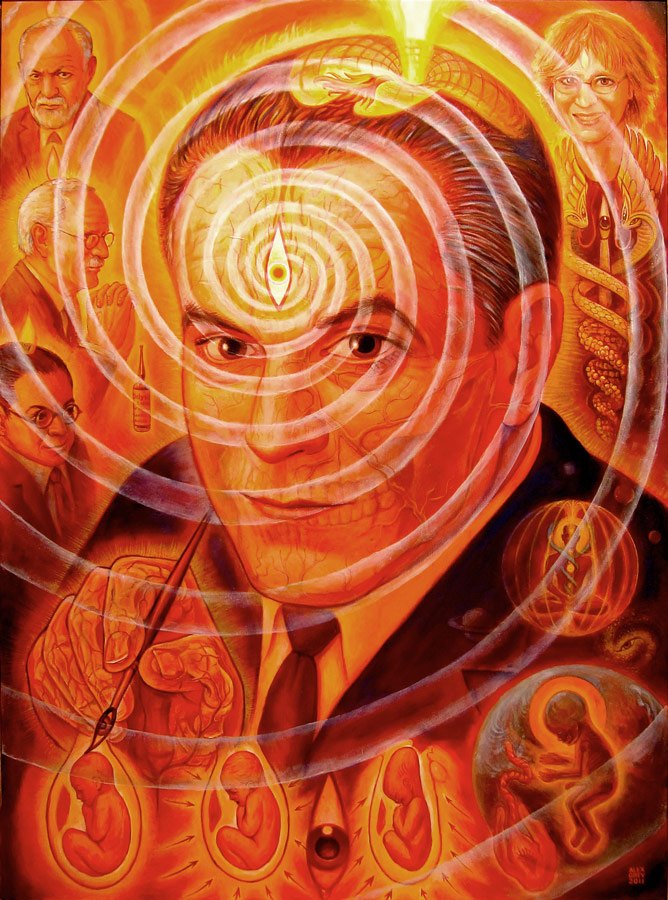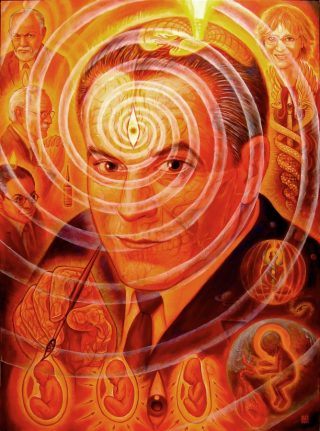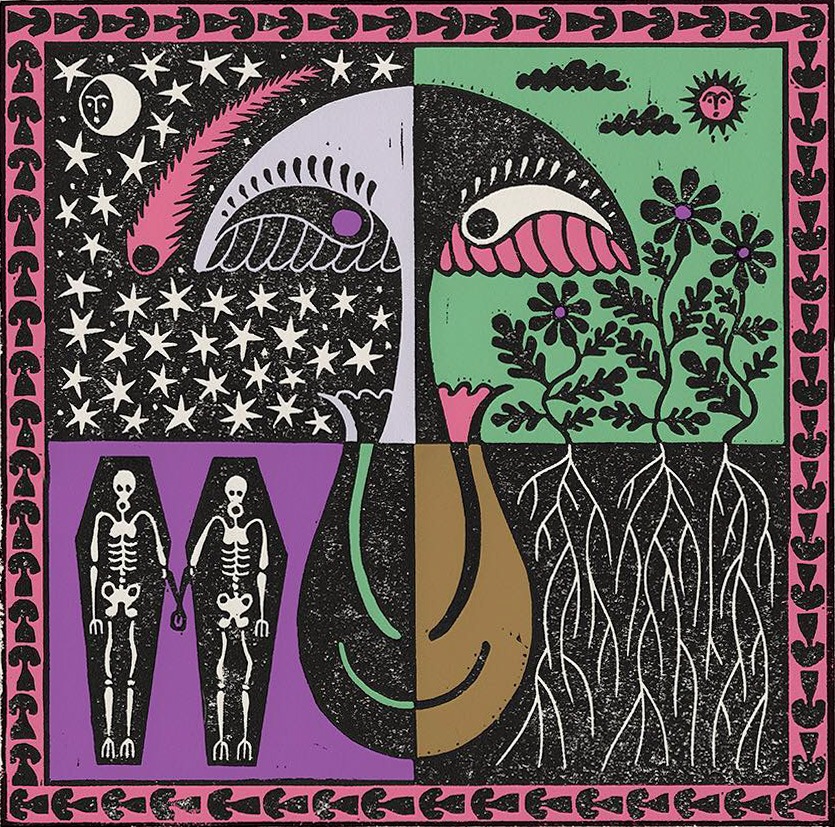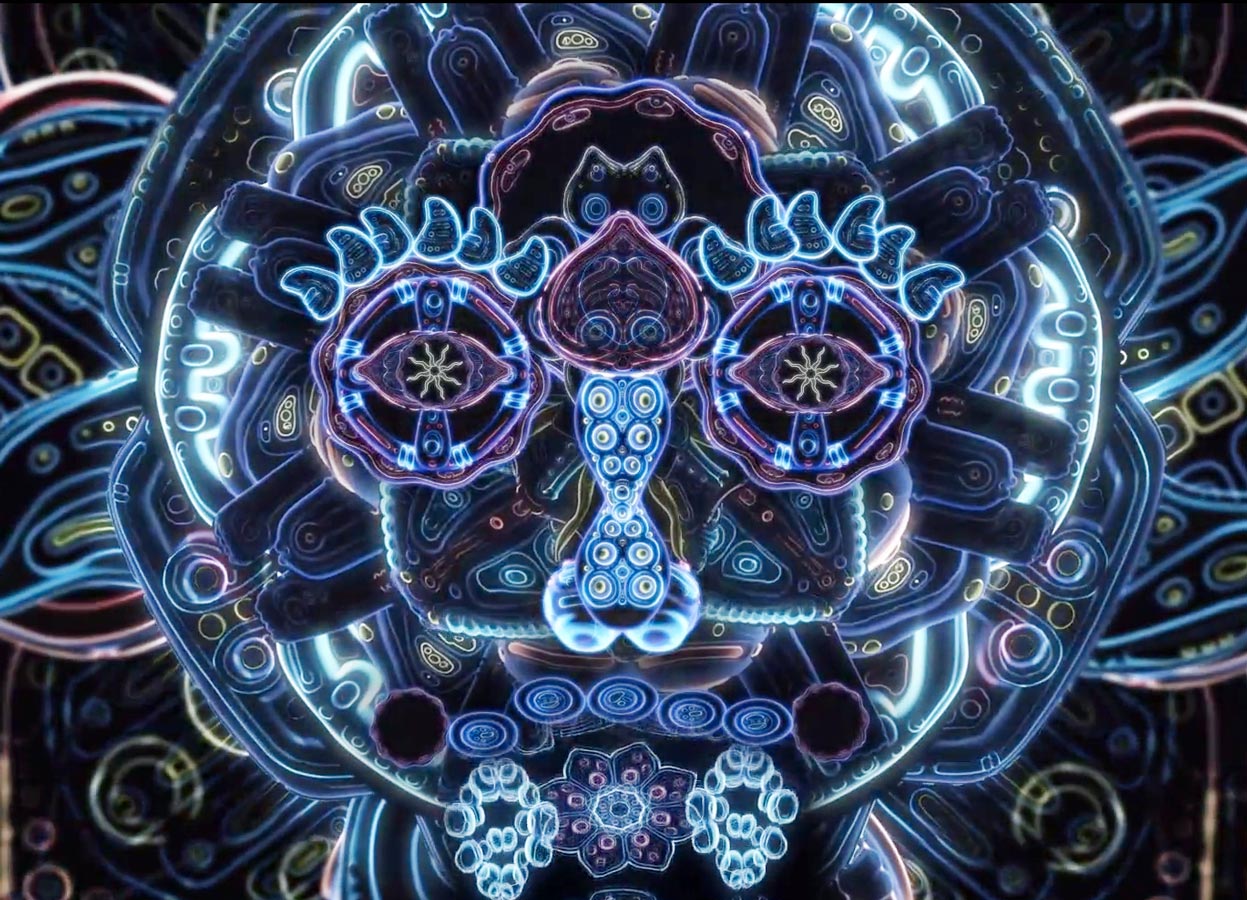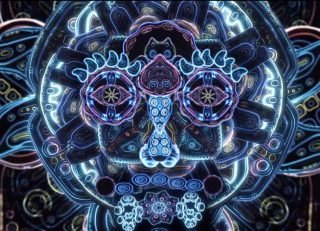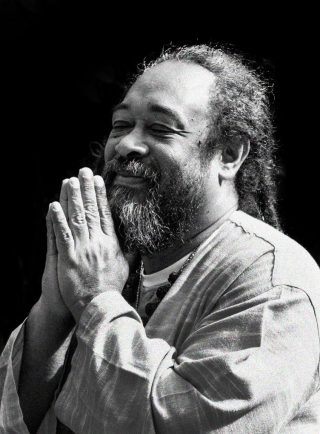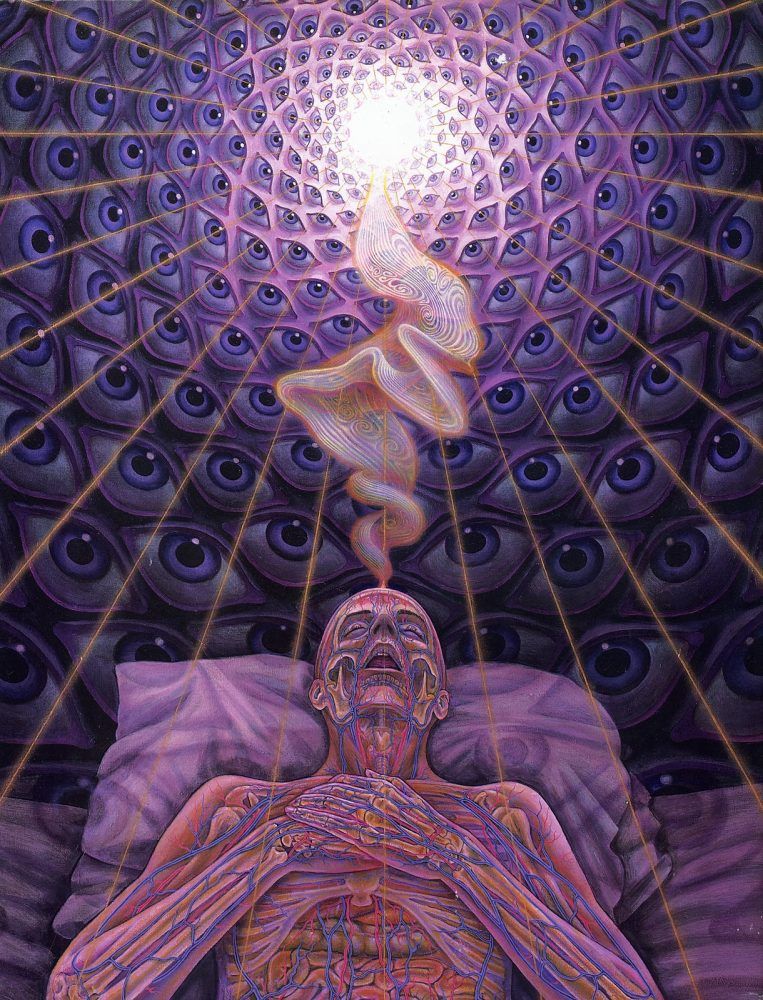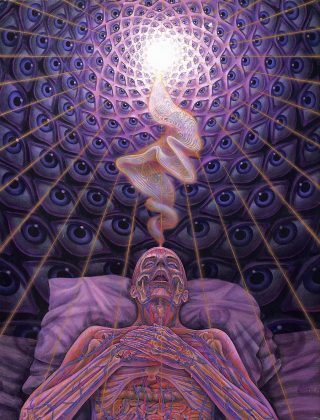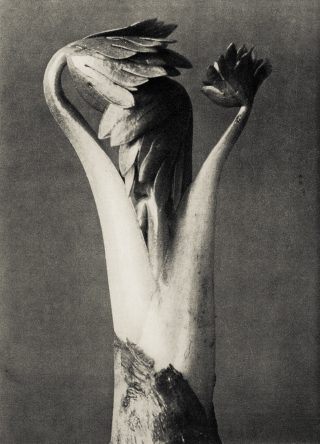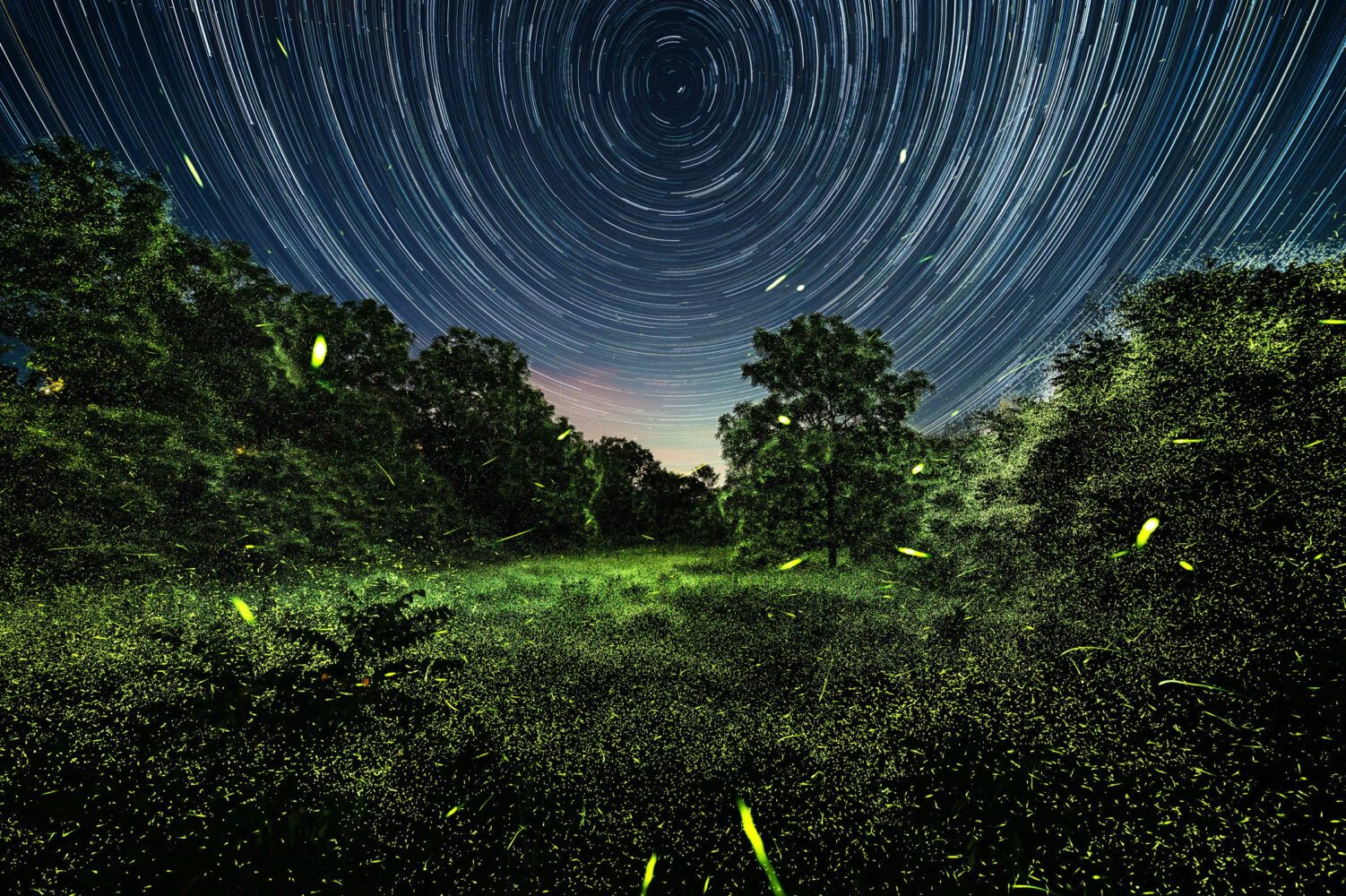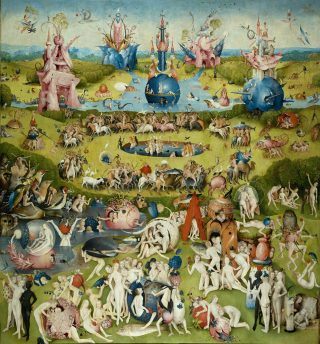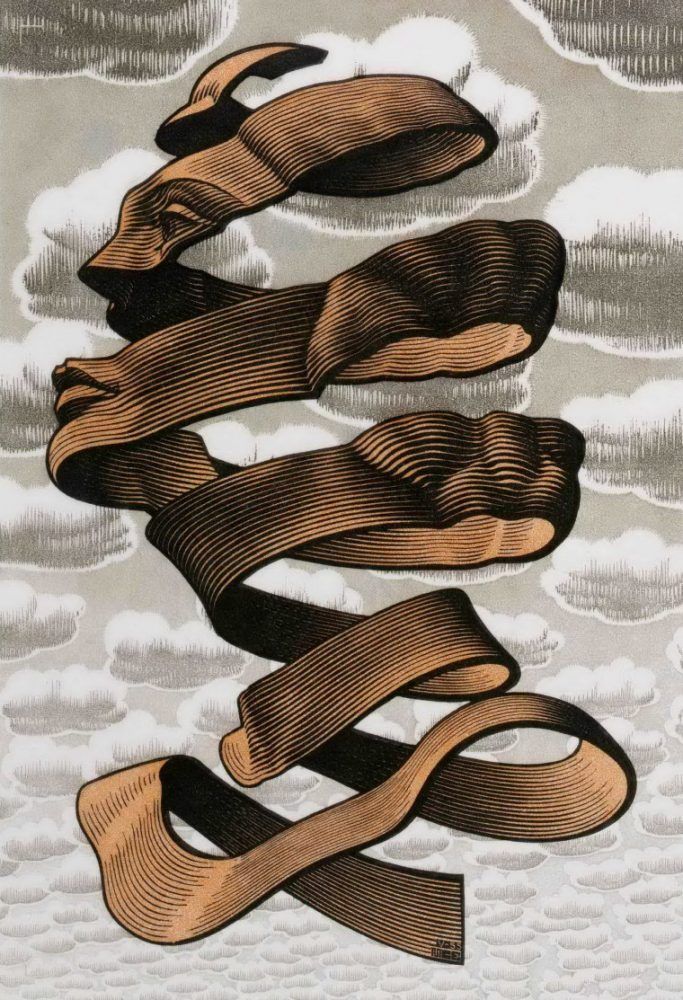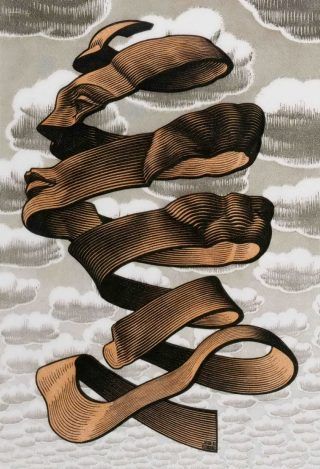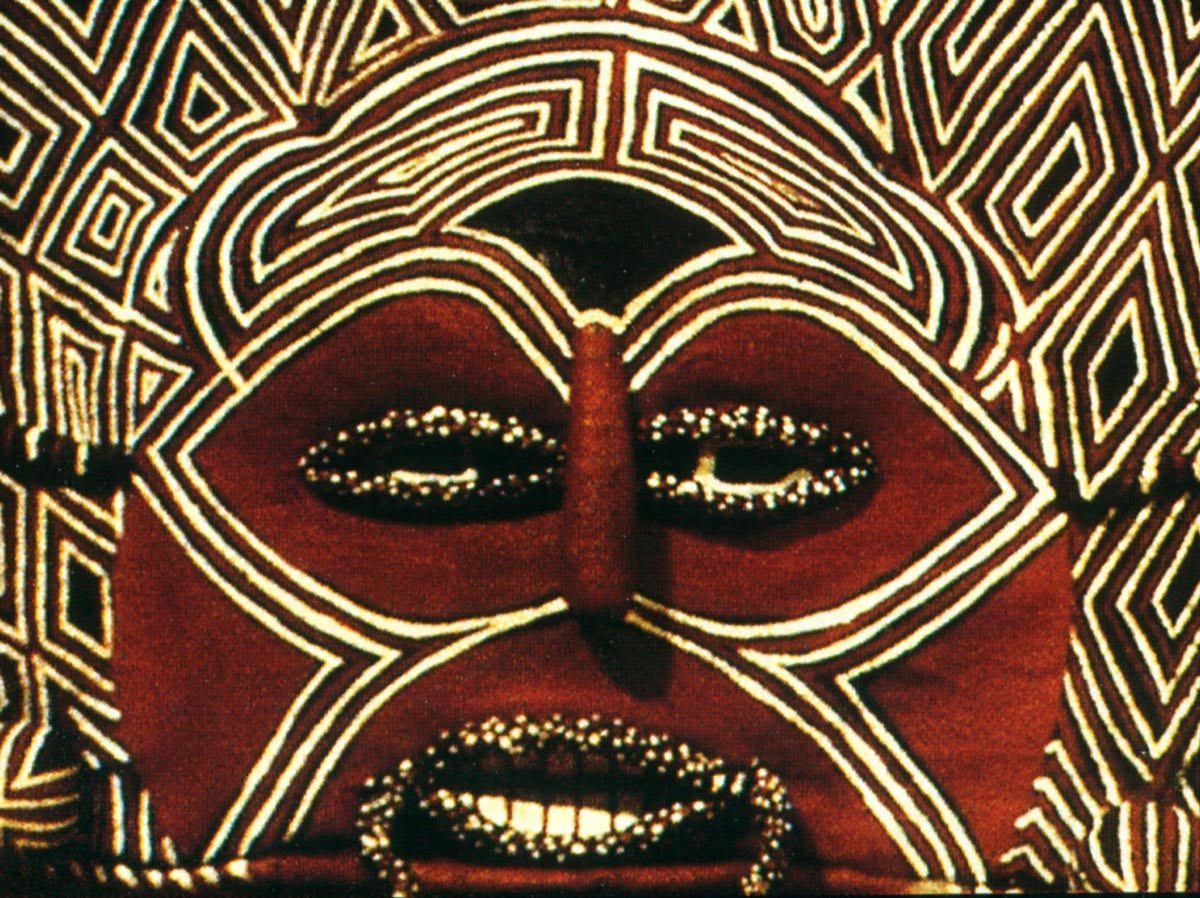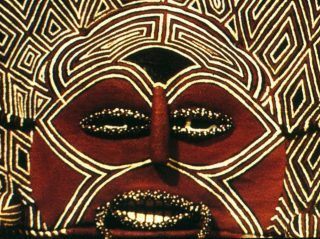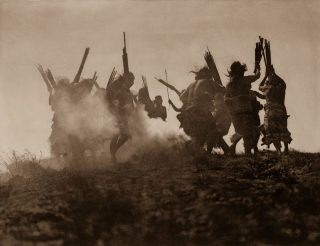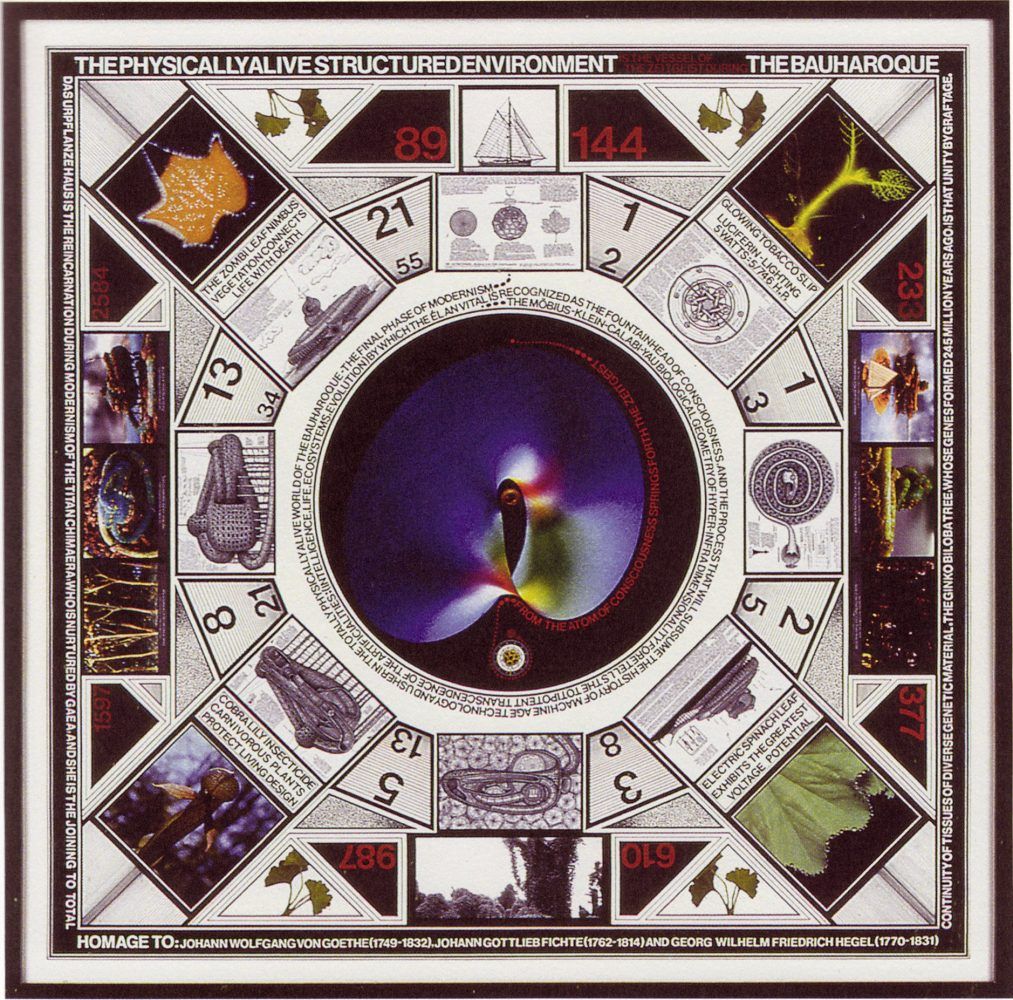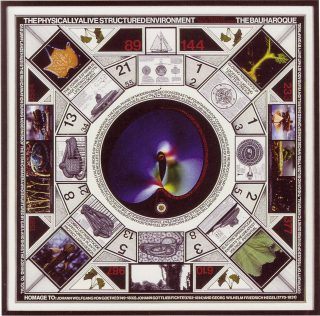- Blake’s earliest engraving for the Book of Job (1793)
William Blake (1757—1827) was a poet, painter, and printmaker. Largely unrecognized during his lifetime, Blake is now considered one of the most original geniuses of the Romantic movement. A true visionary who attributed much of his creative inspirations to ghosts and heavenly beings who visited him throughout his life. Those visions in conjunction with his Christian beliefs formed his very own religious doctrine, which embraced the imagination as ‘the body of God’.
In this post, I want to present you with one of Blake’s masterpieces, done when he was beyond the age of sixty-five. It was his last major completed work, published in 1825: Illustrations of the Book of Job
This series of twenty-two engravings are the culmination of his long pictorial engagement with that biblical subject. As early as 1785 Blake had sketched several ink studies of an illustration to Job, and twenty years later, he had released a version in watercolors (see the end of the post).
But it gets even better: There’s a book that analyses the Job story from a Jungian perspective, recognizing it as a numinous, archetypal event that can lead to enhanced consciousness and is therefore crucial to the psyche of modern man.
You can download the PDF below.
It’s very poorly formatted but it’s a very short book anyway.

Encounter With the Self:
A Jungian Commentary on William Blake’s Illustrations of the Book of Job
by Edward F. Edinger (1986)
- Job and His Family
- Satan Before the Throne of God
- Job’s Sons and Daughters Overwhelmed by Satan
- The Messengers Tell Job of His Misfortunes
- Satan Going Forth from the Presence of the Lord and Job’s Charity
- Satan Smiting Job with Boils
- Job’s Comforters
- Job’s Despair
- The Vision of Eliphaz
- Job Rebuked by His Friends
- Job’s Evil Dreams
- The Wrath of Elihu
- The Lord Answering Job out of the Whirlwind
- When the Morning Stars Sang Together
- Behemoth and Leviathan
- The Fall of Satan
- The Vision of Christ
- Job’s Sacrifice
- Every one also gave him a piece of Money
- Job and His Daughters
- Job and His Family Restored to Prosperity
Comparison of the watercolors from 1805 and the engravings
- Watercolours
- Engravings

